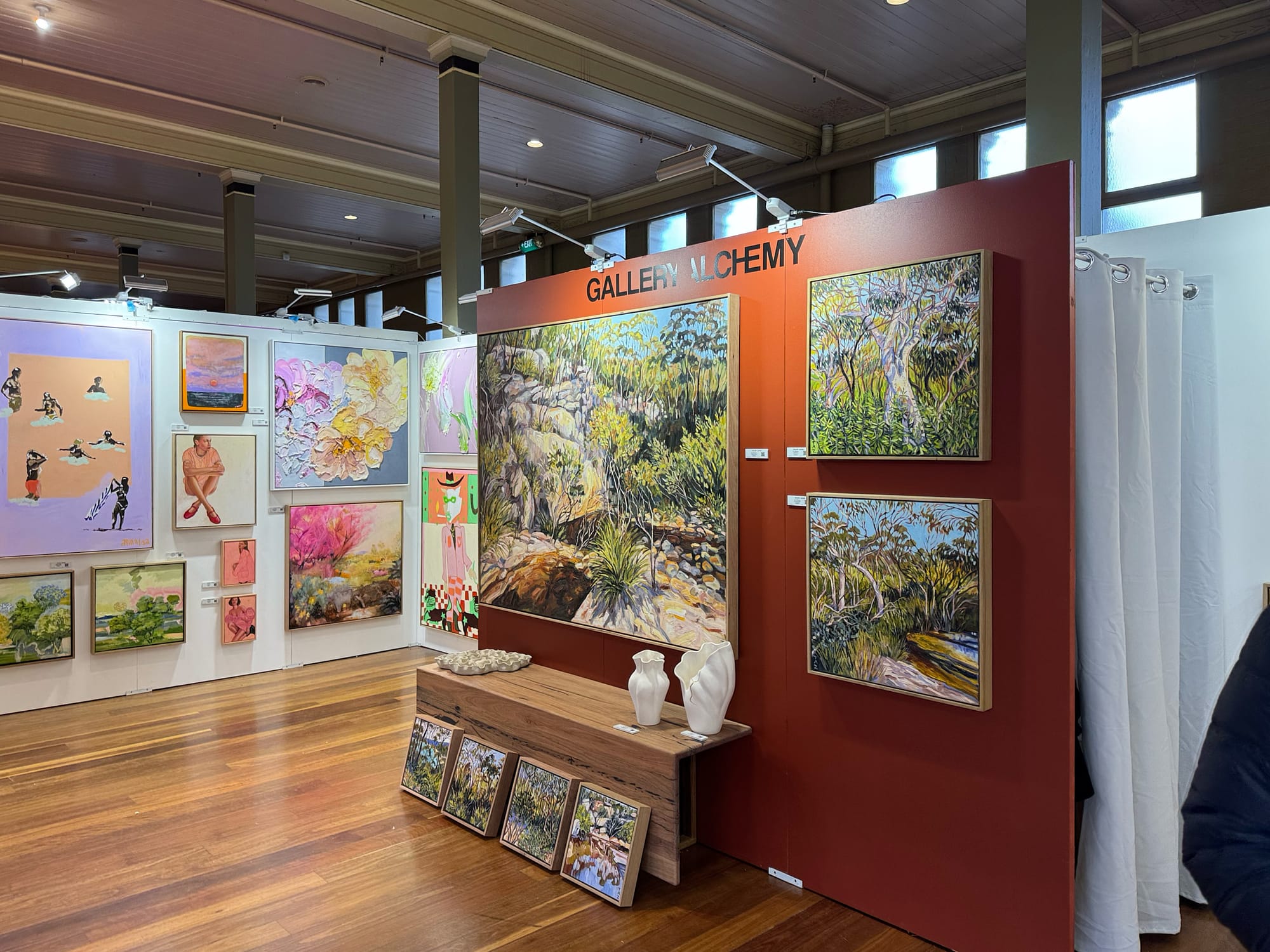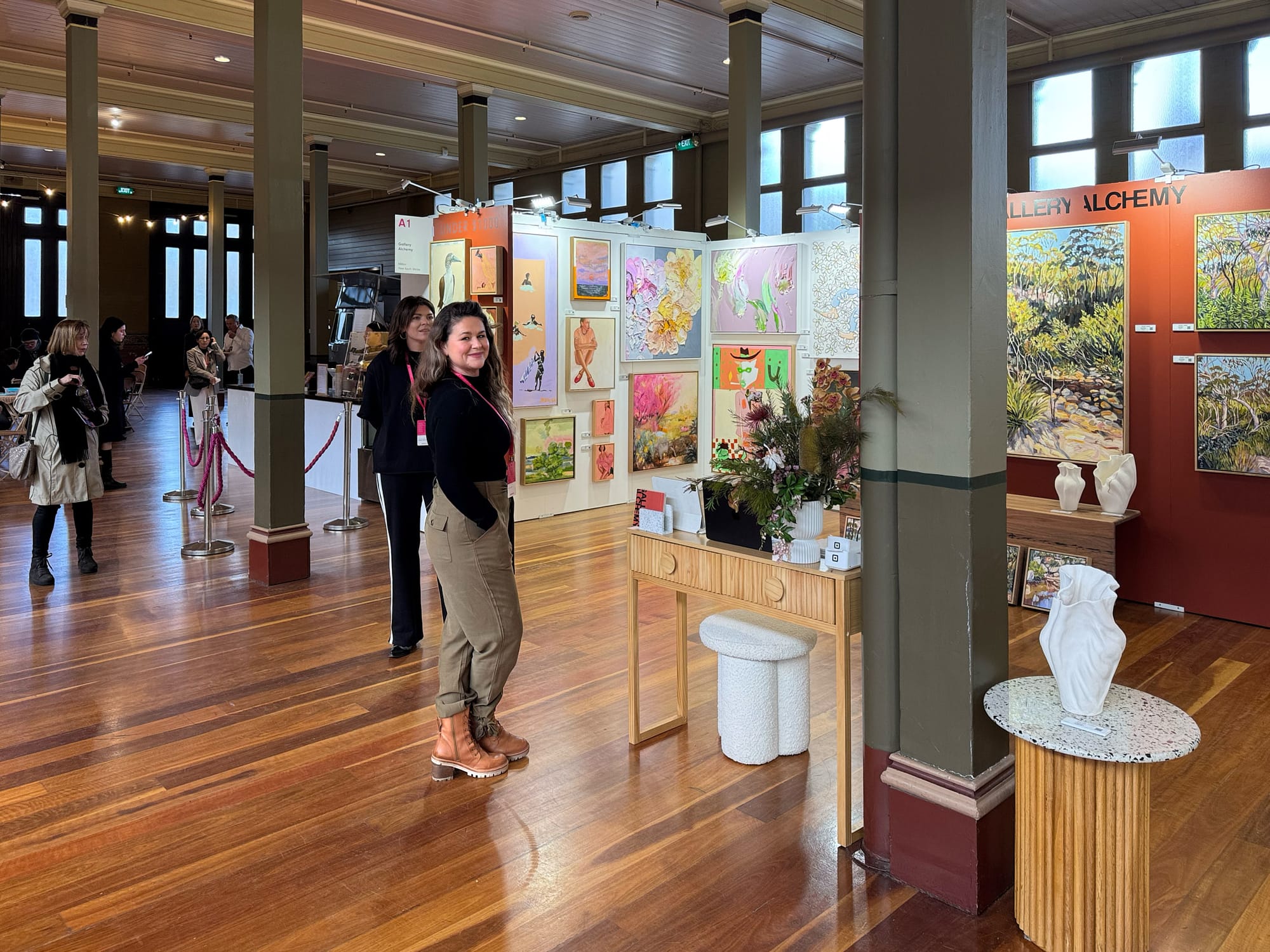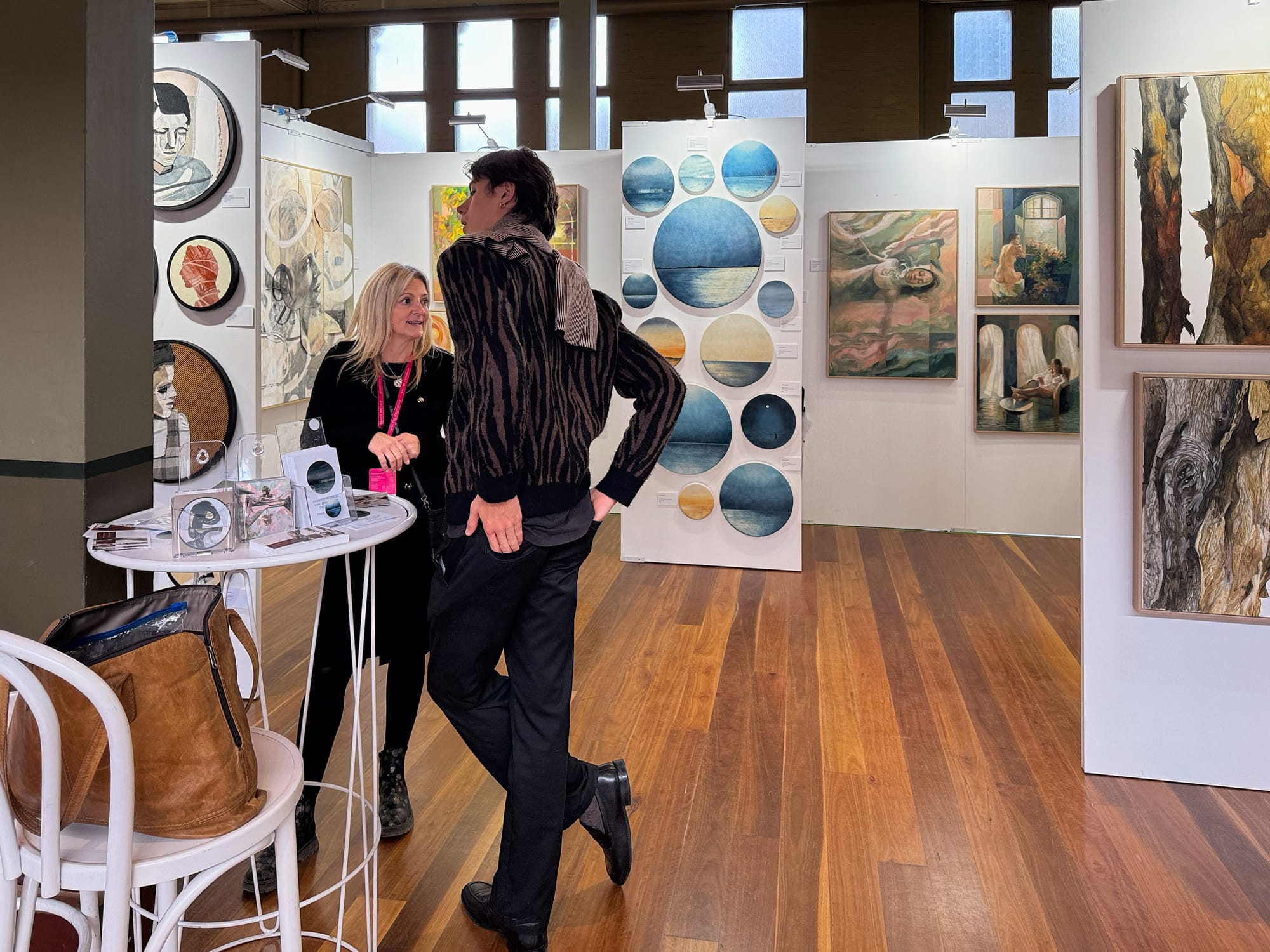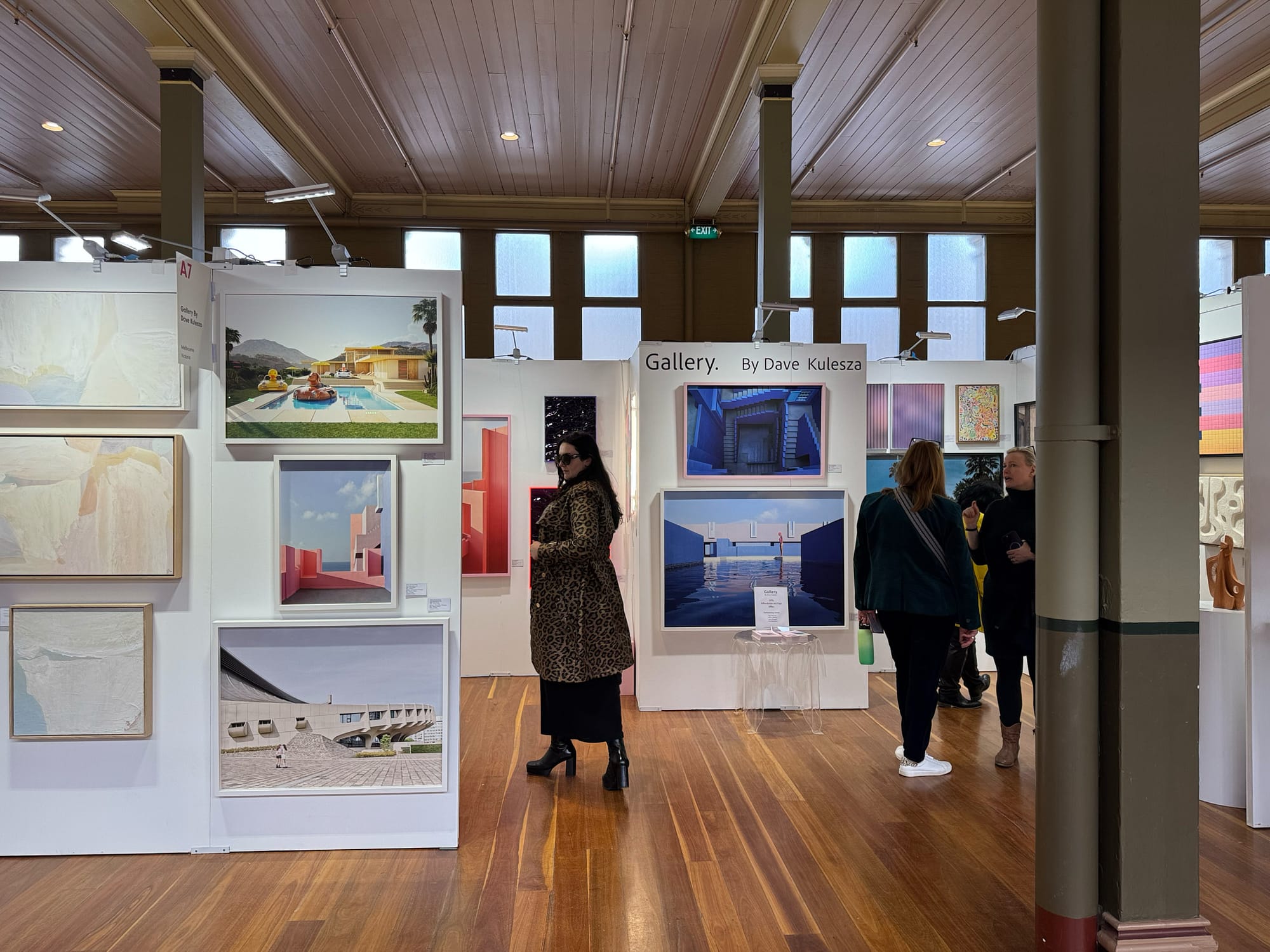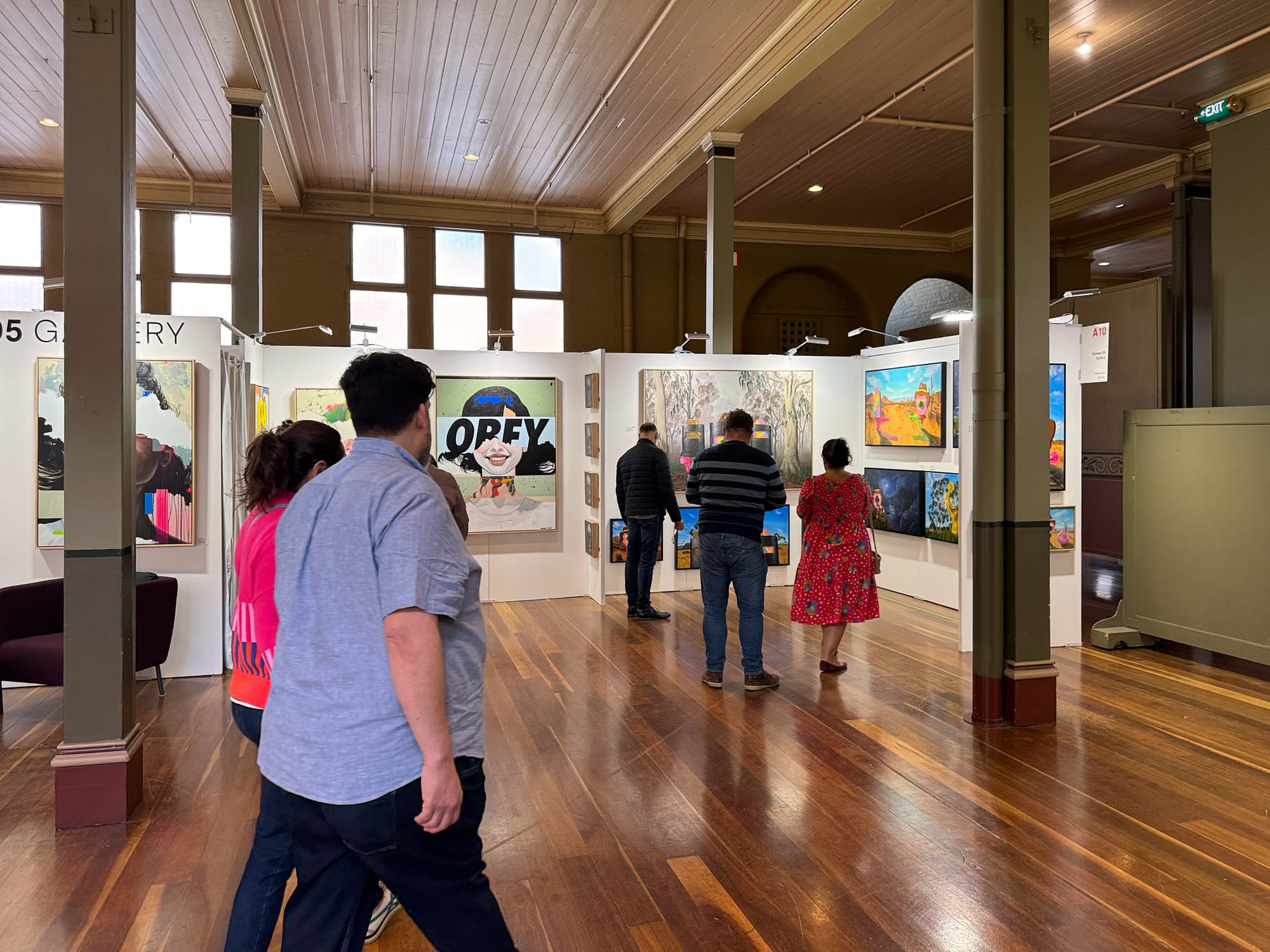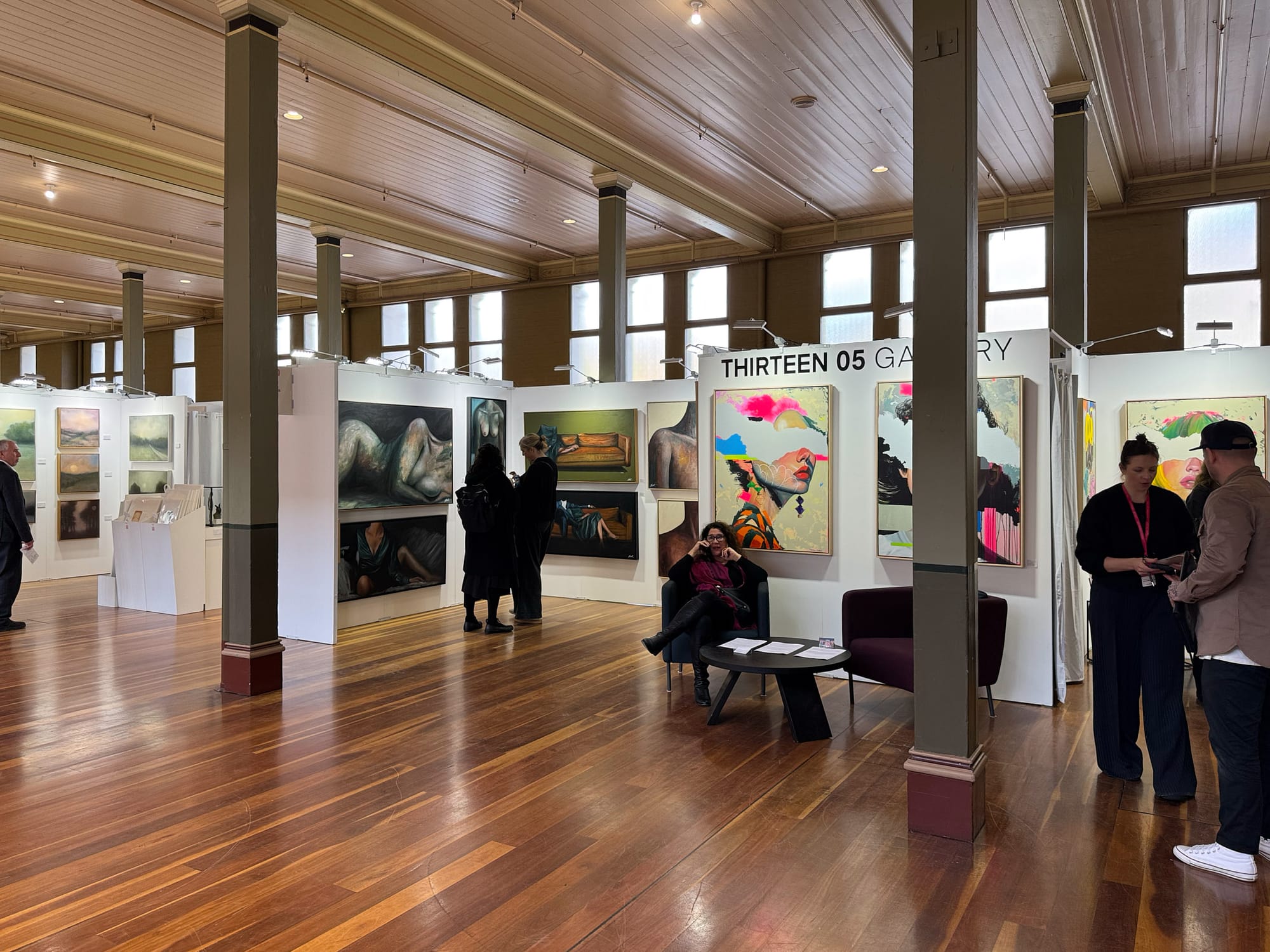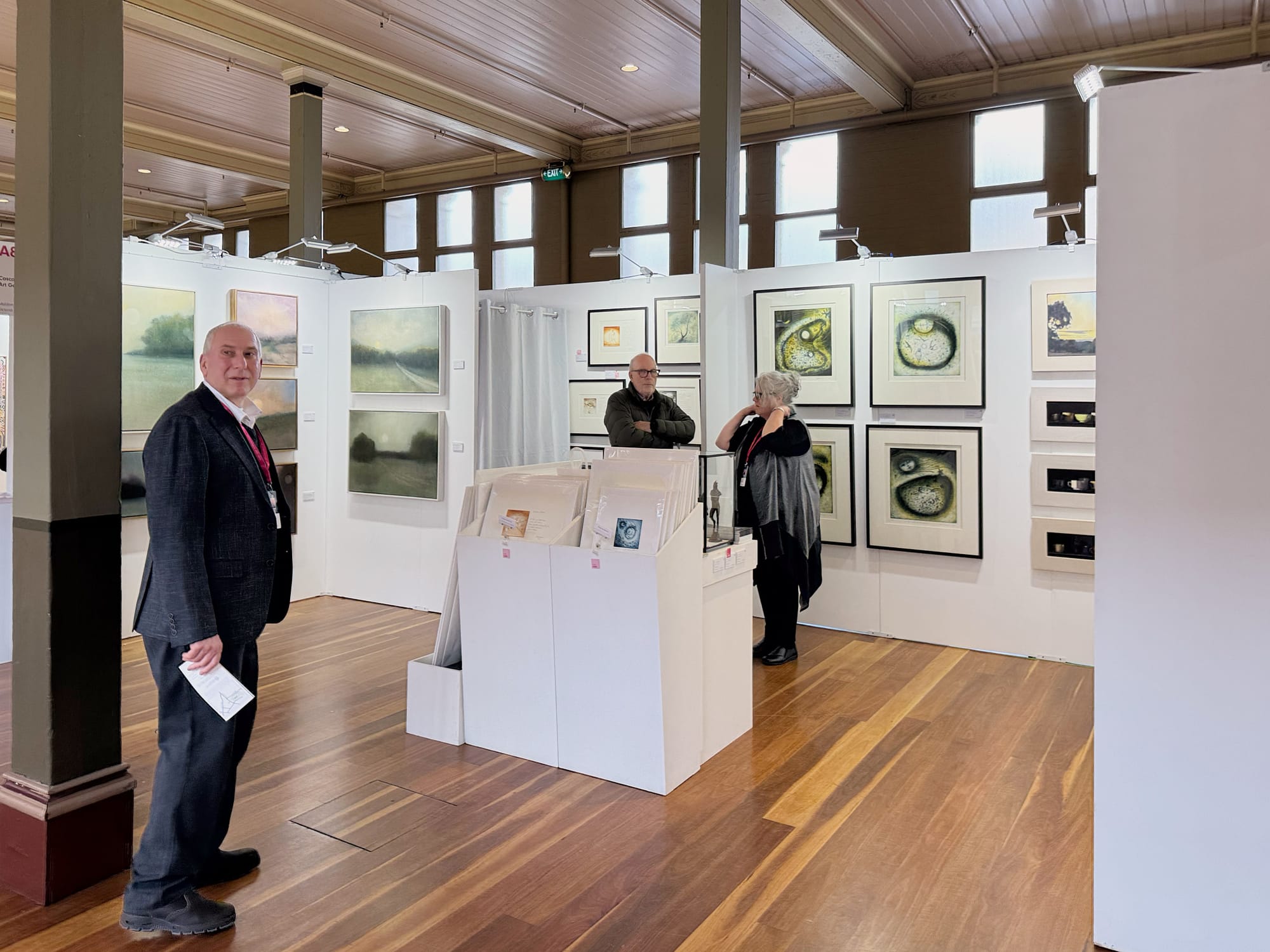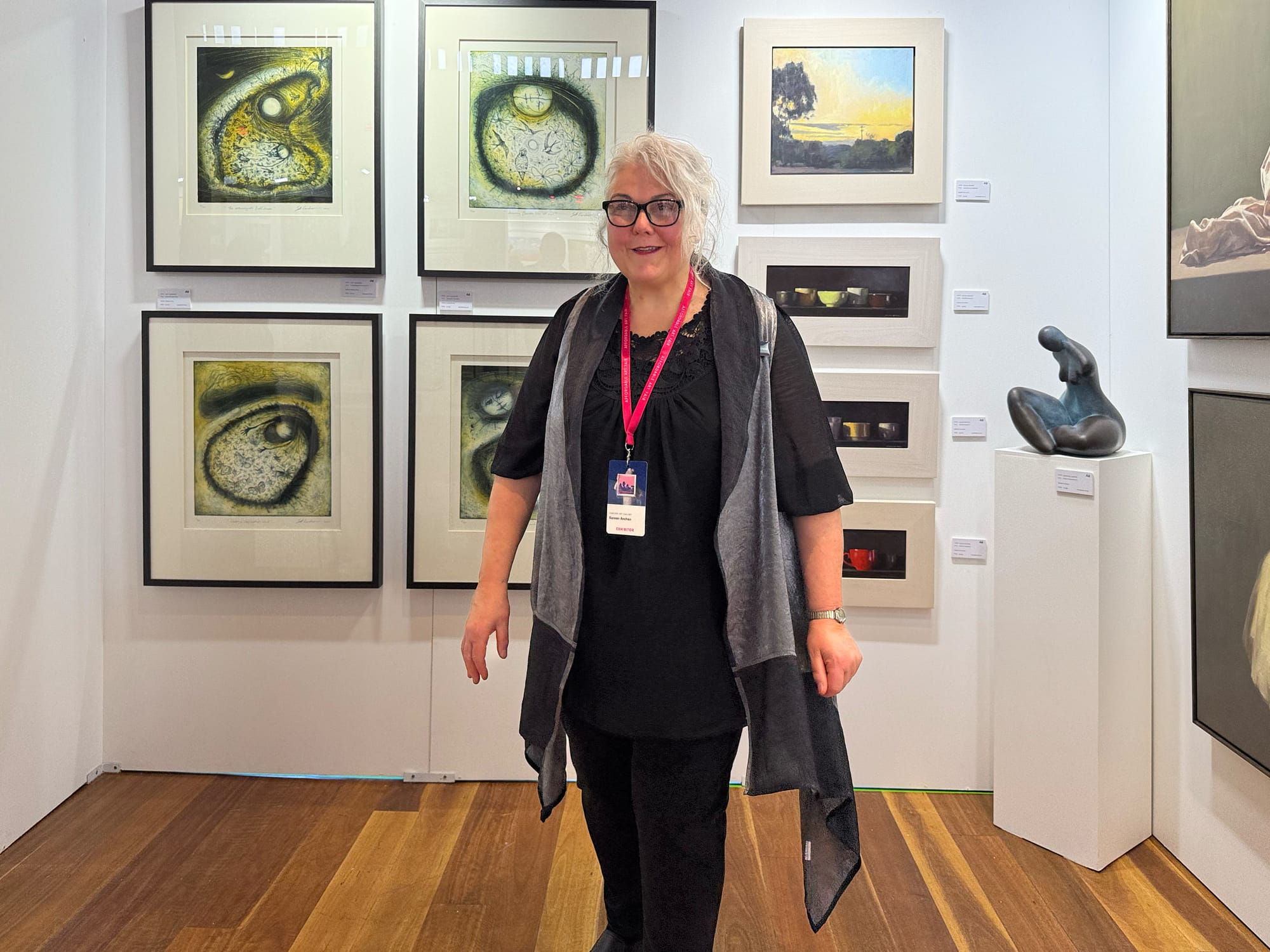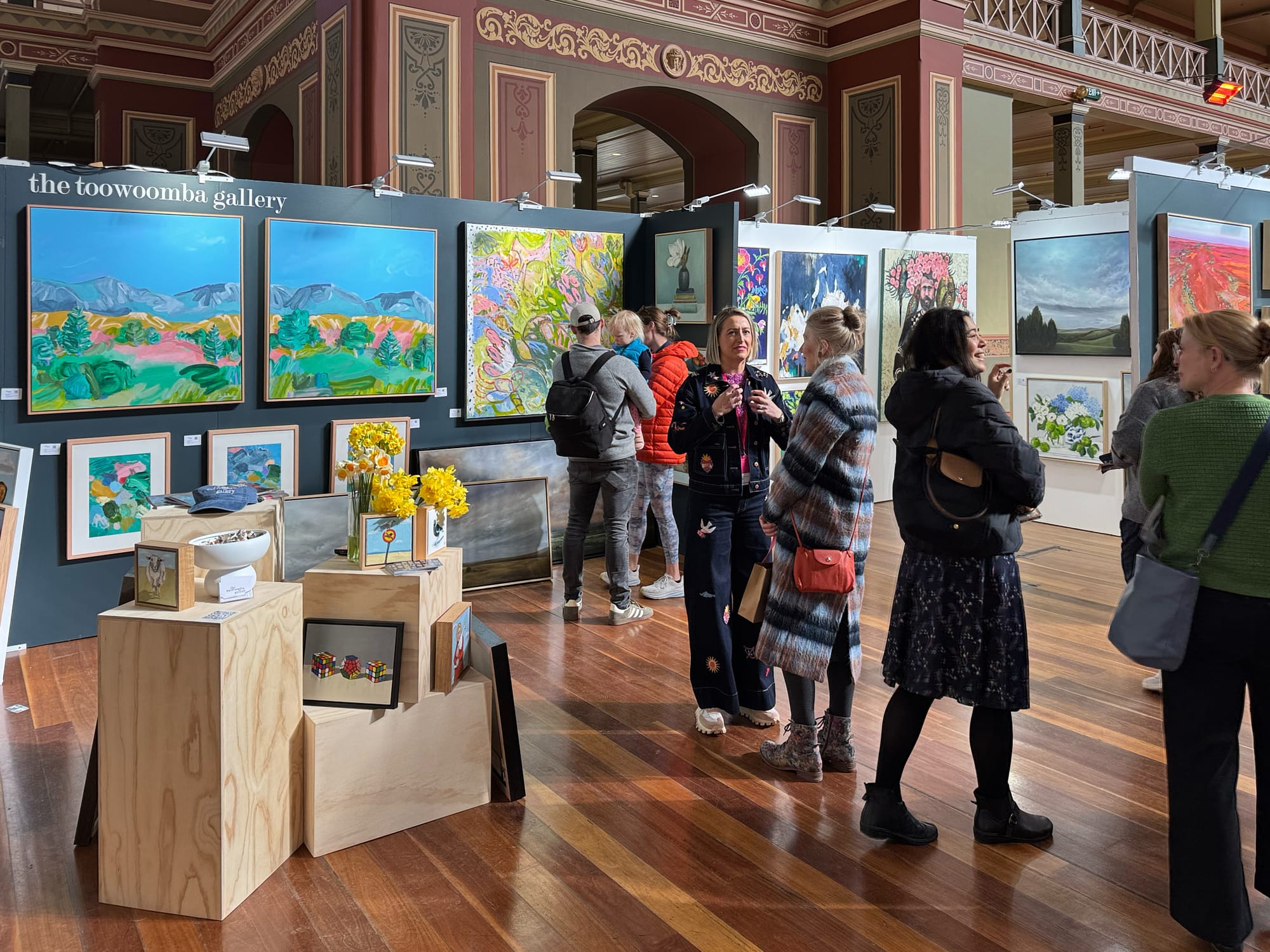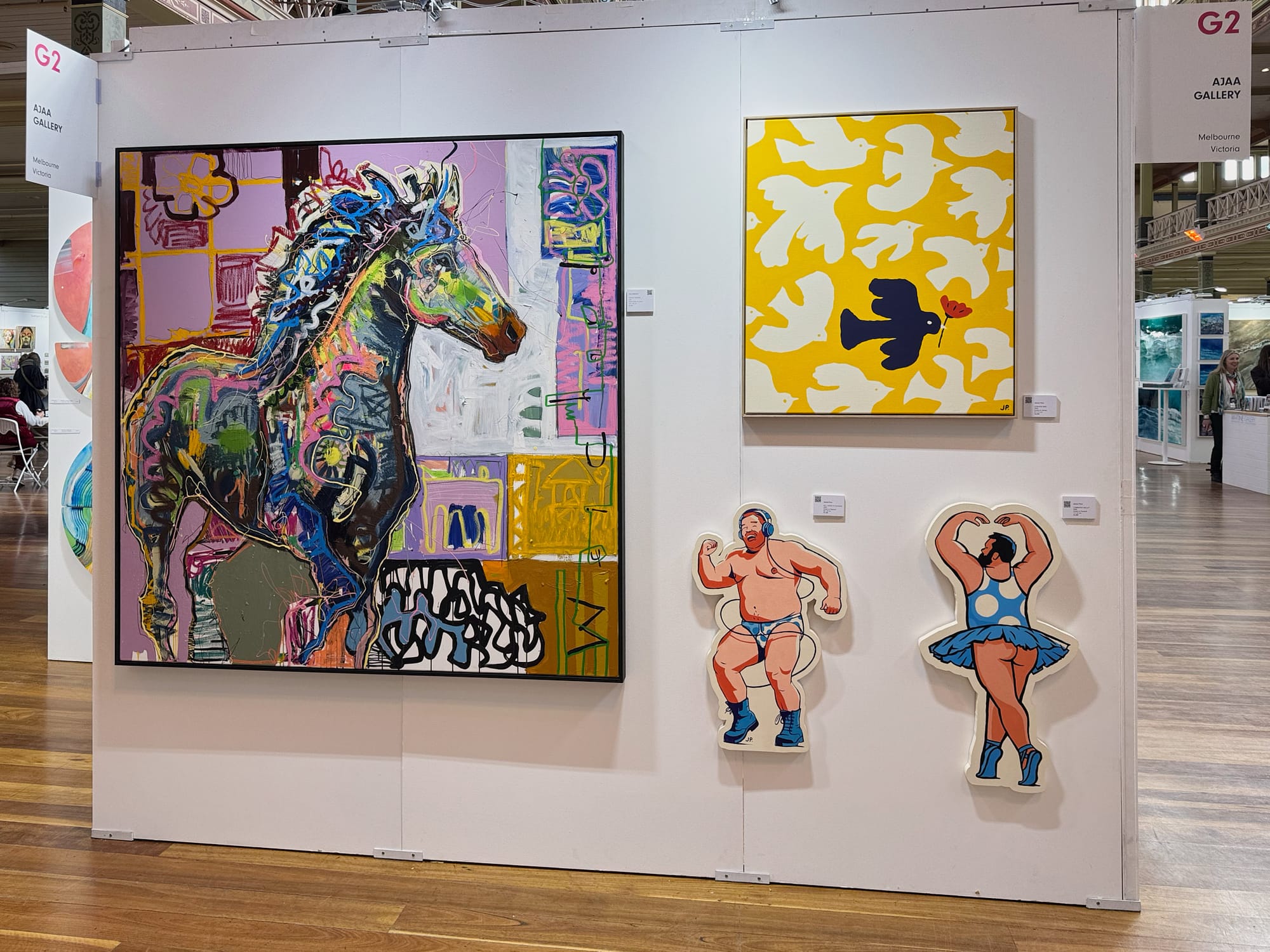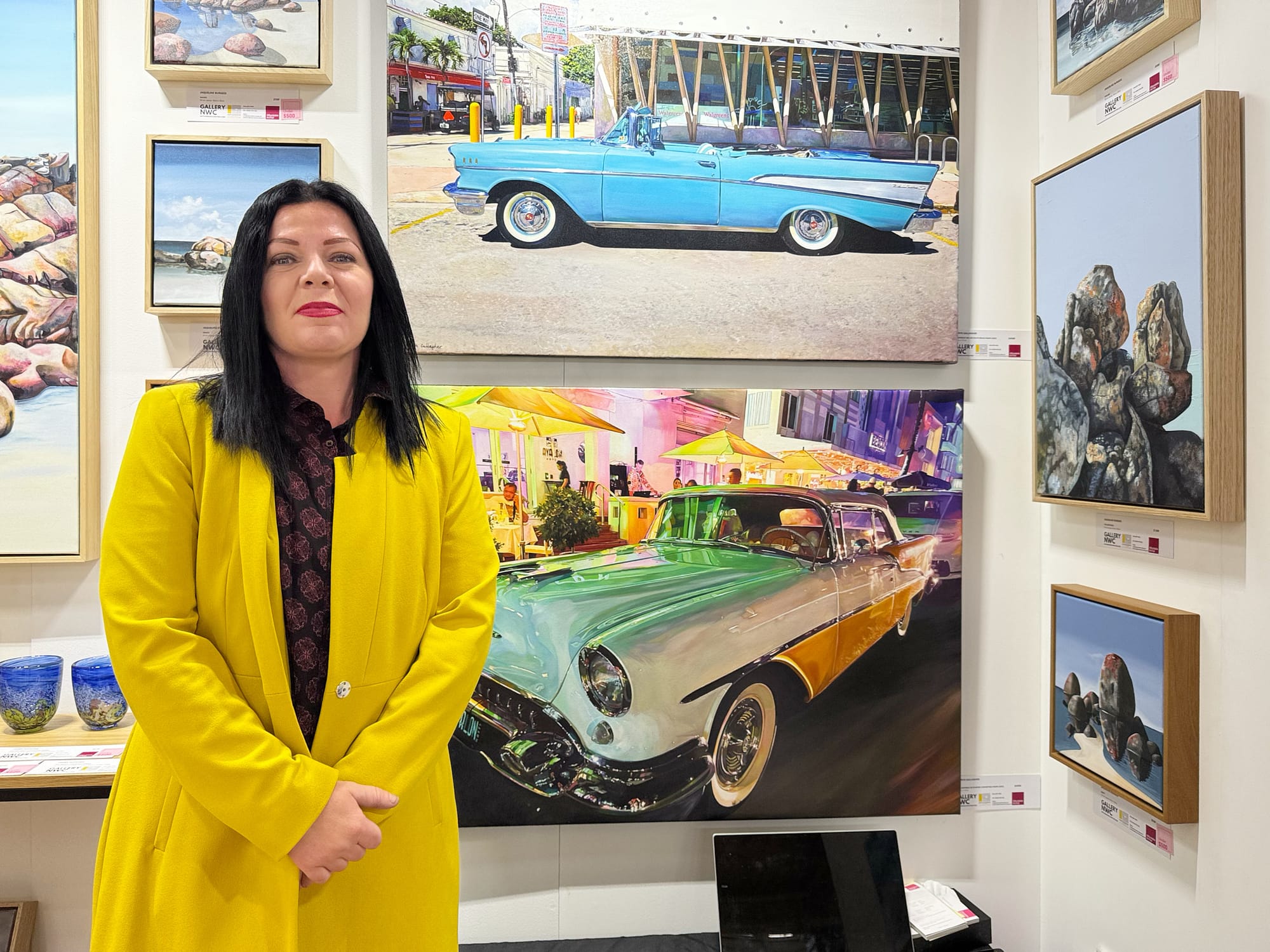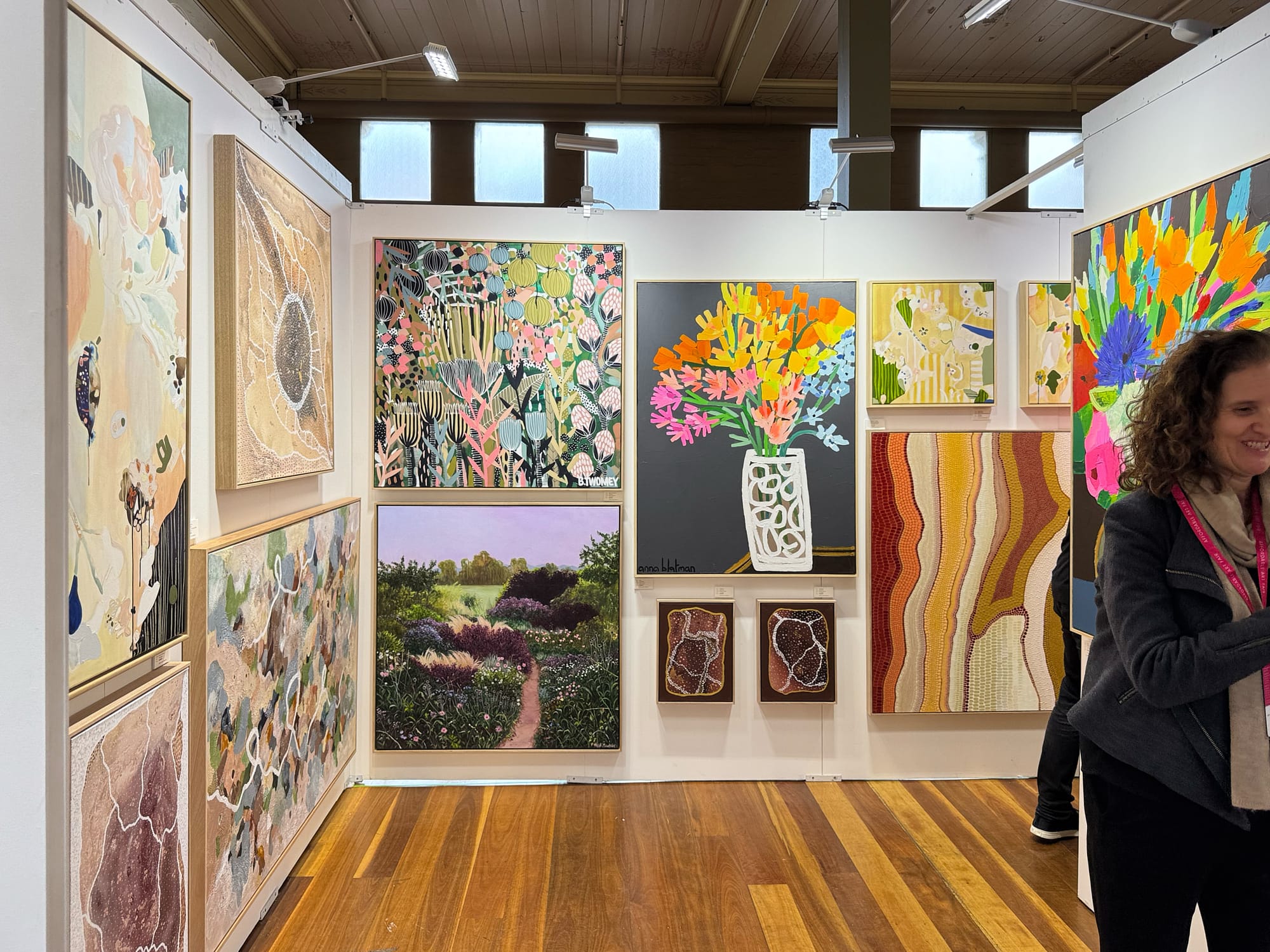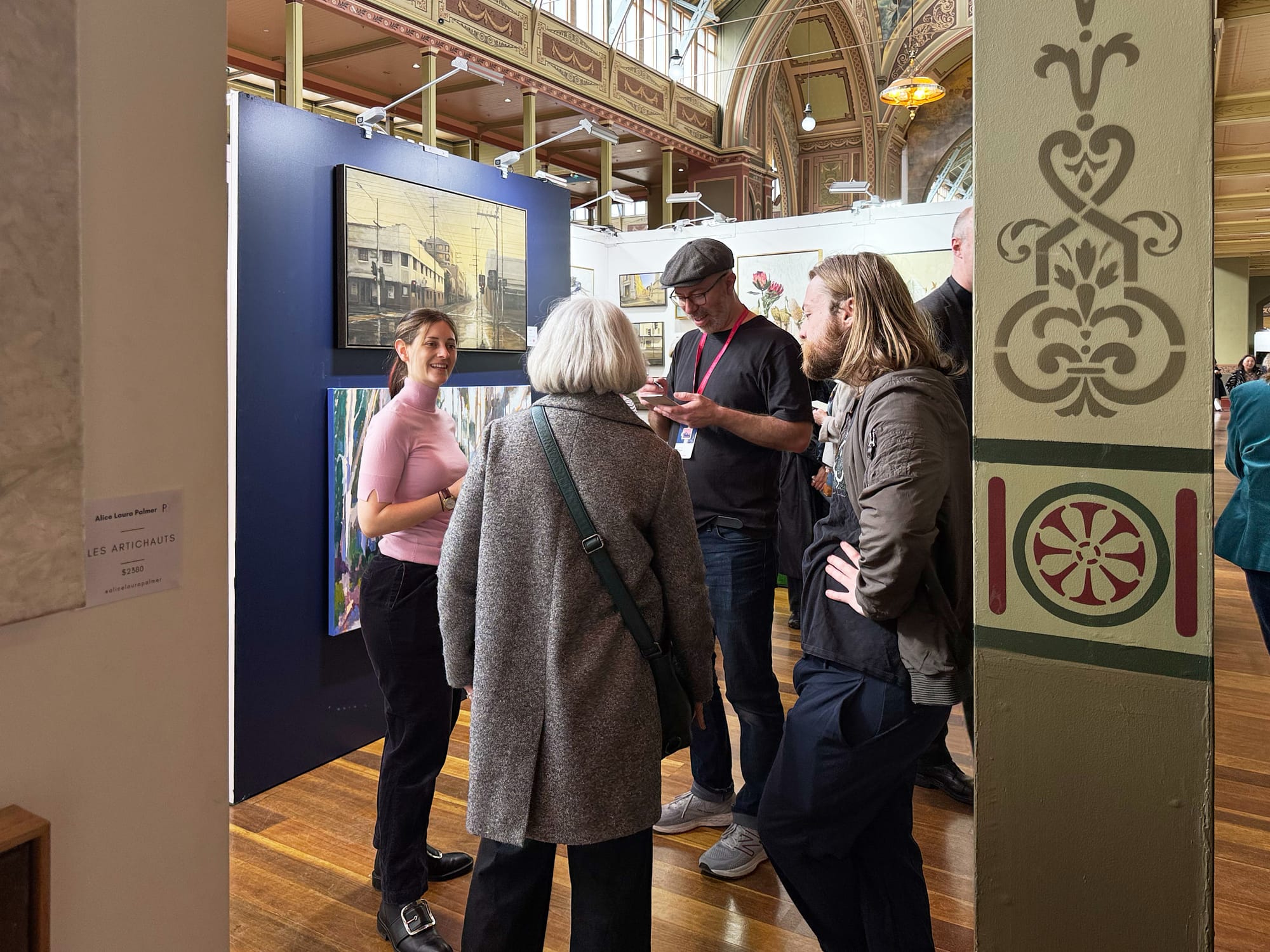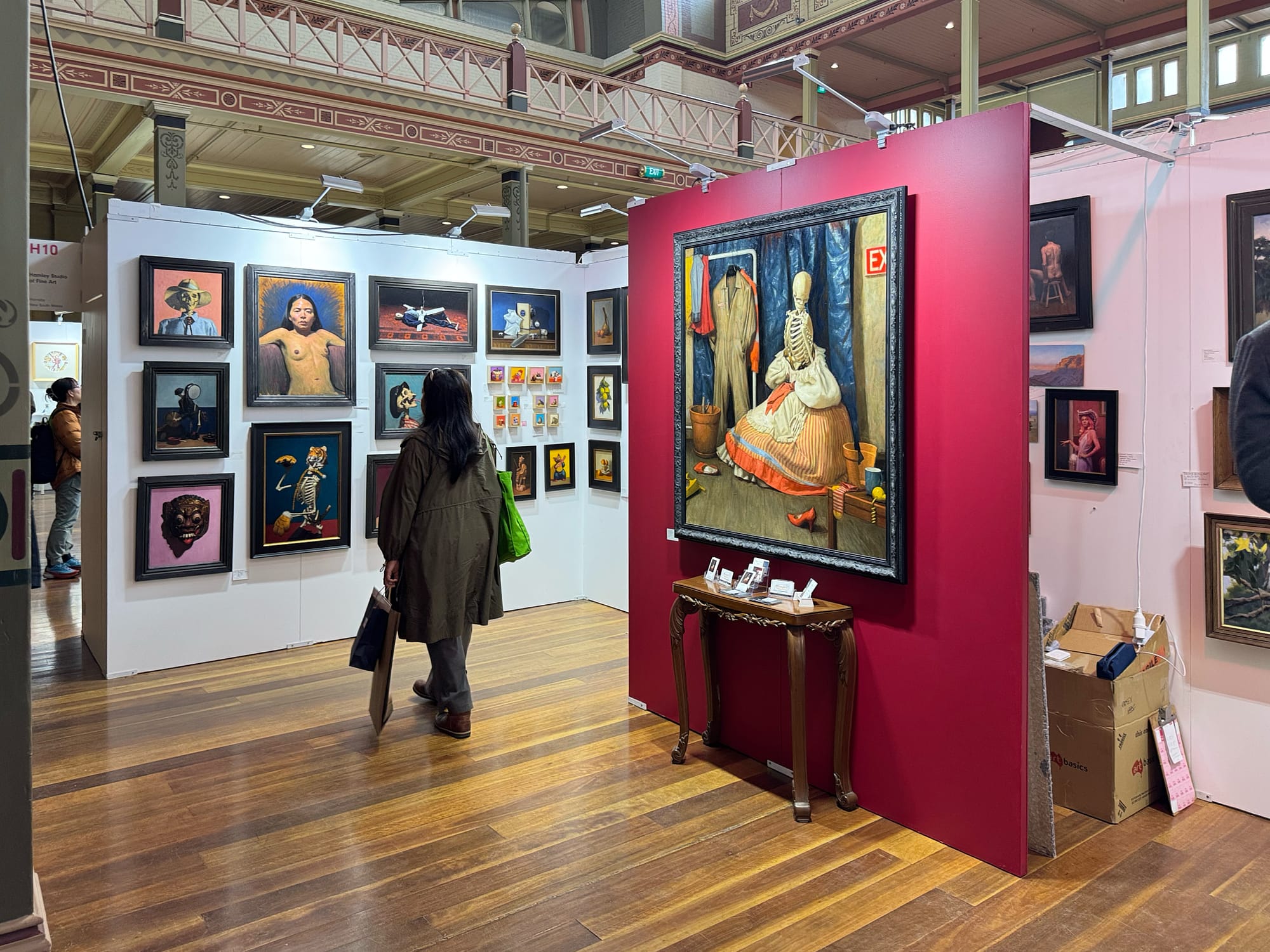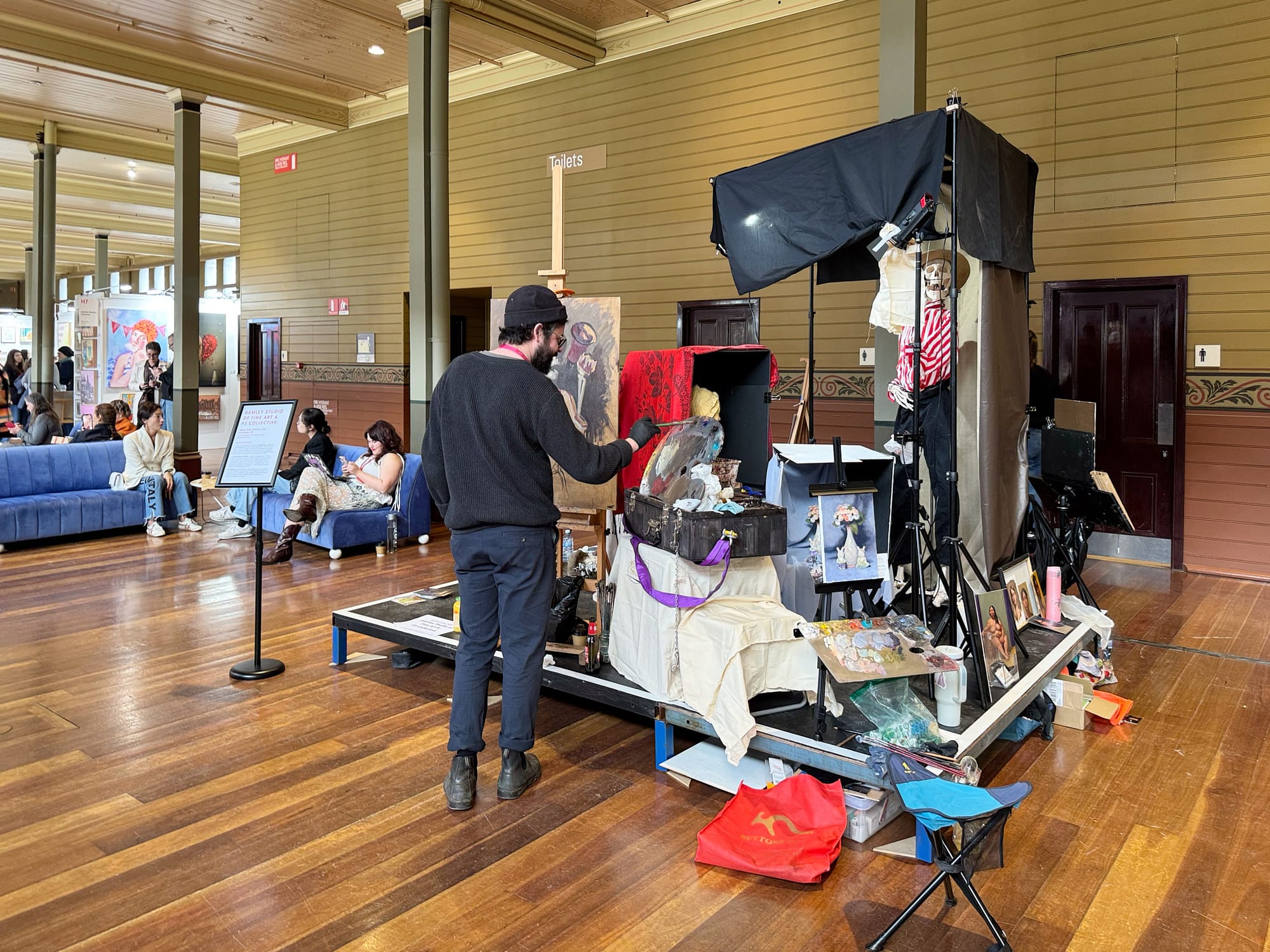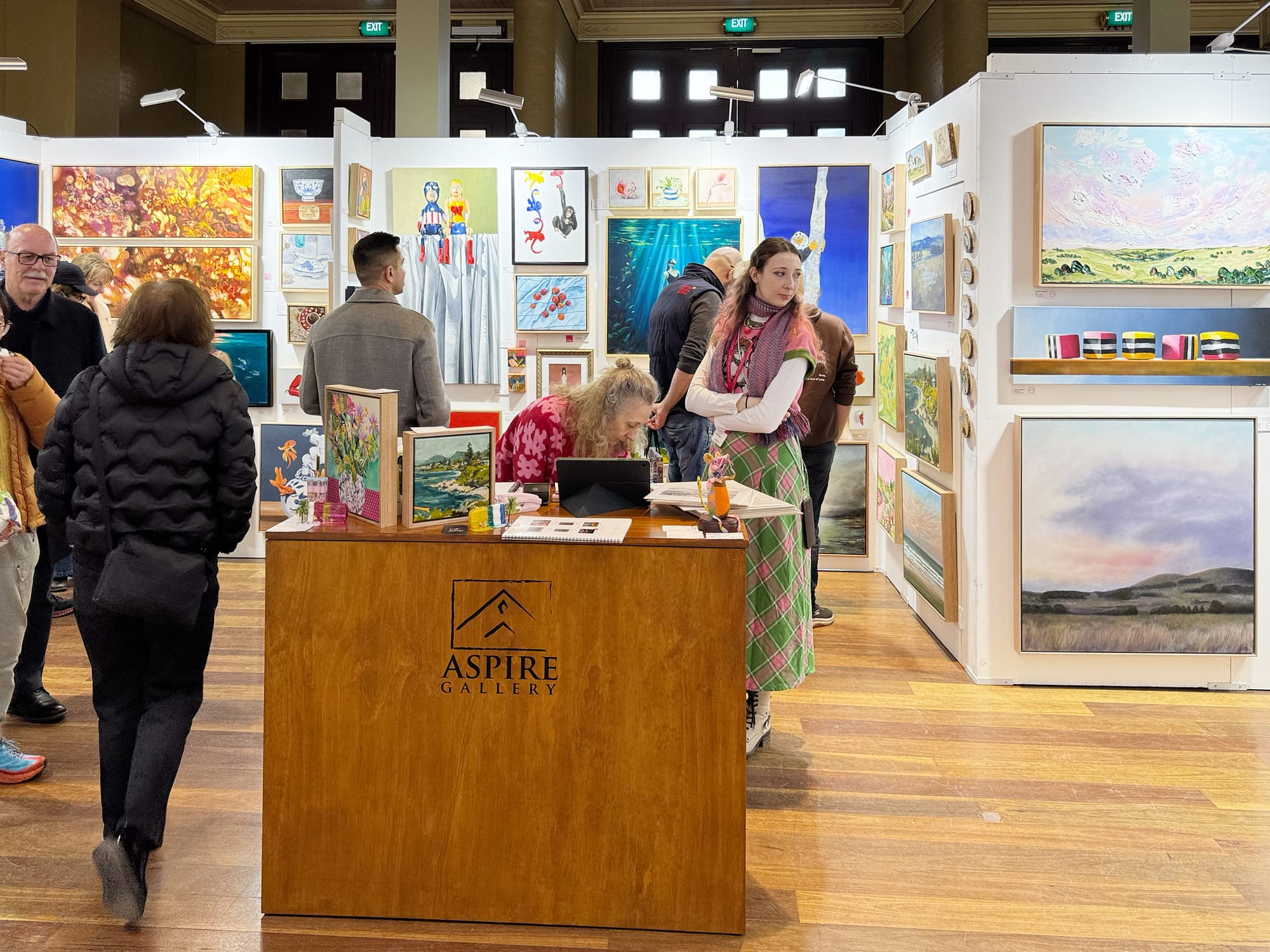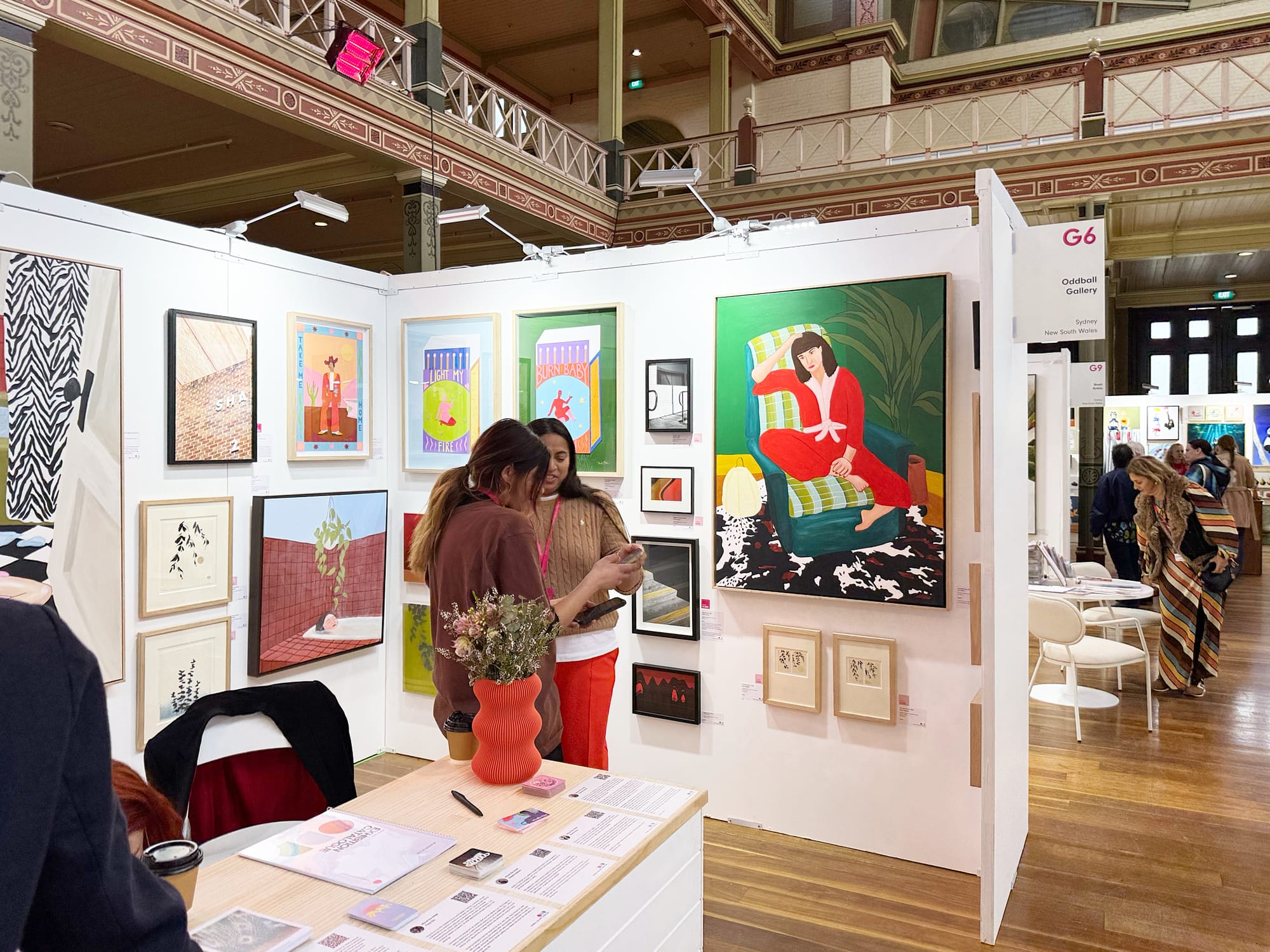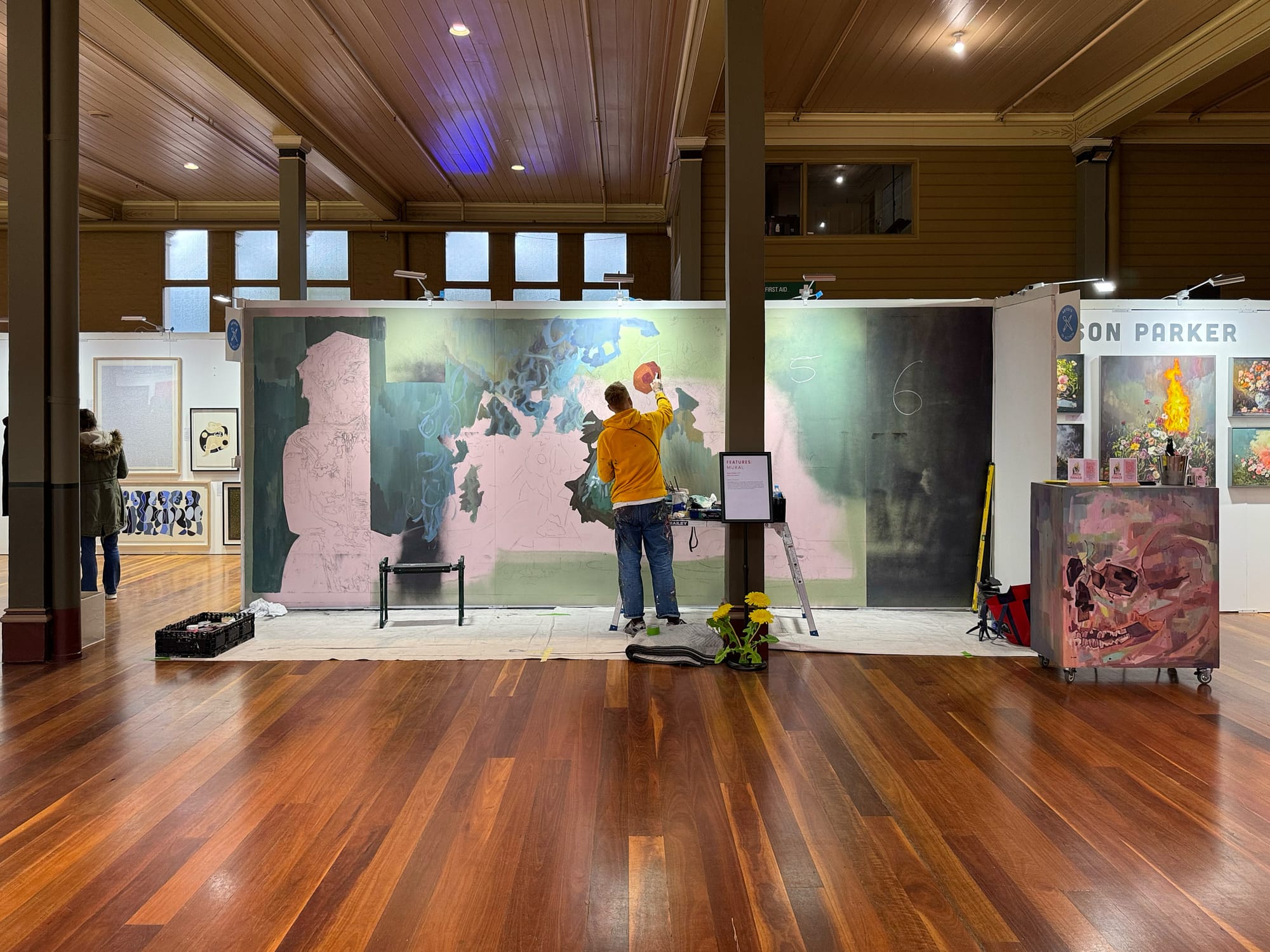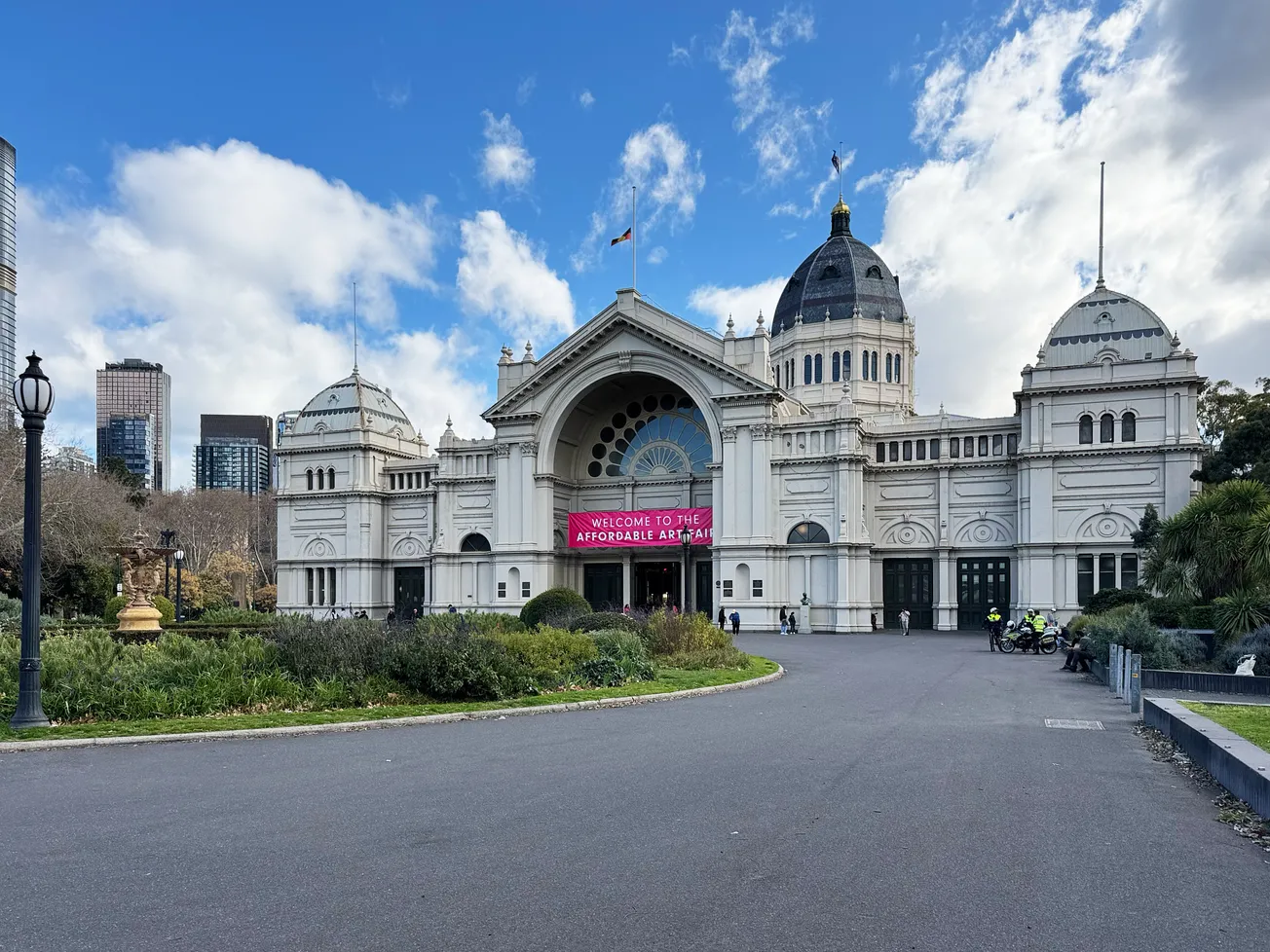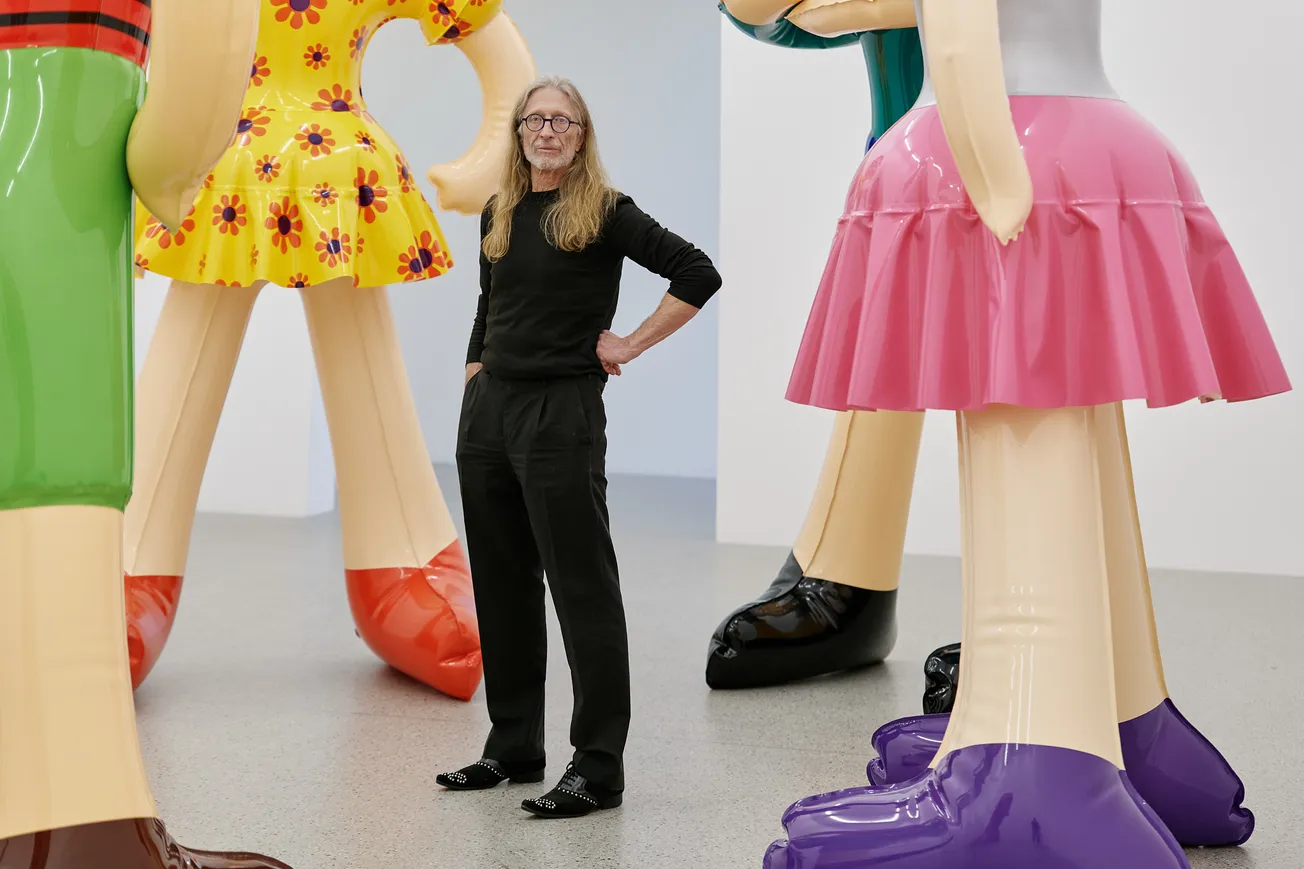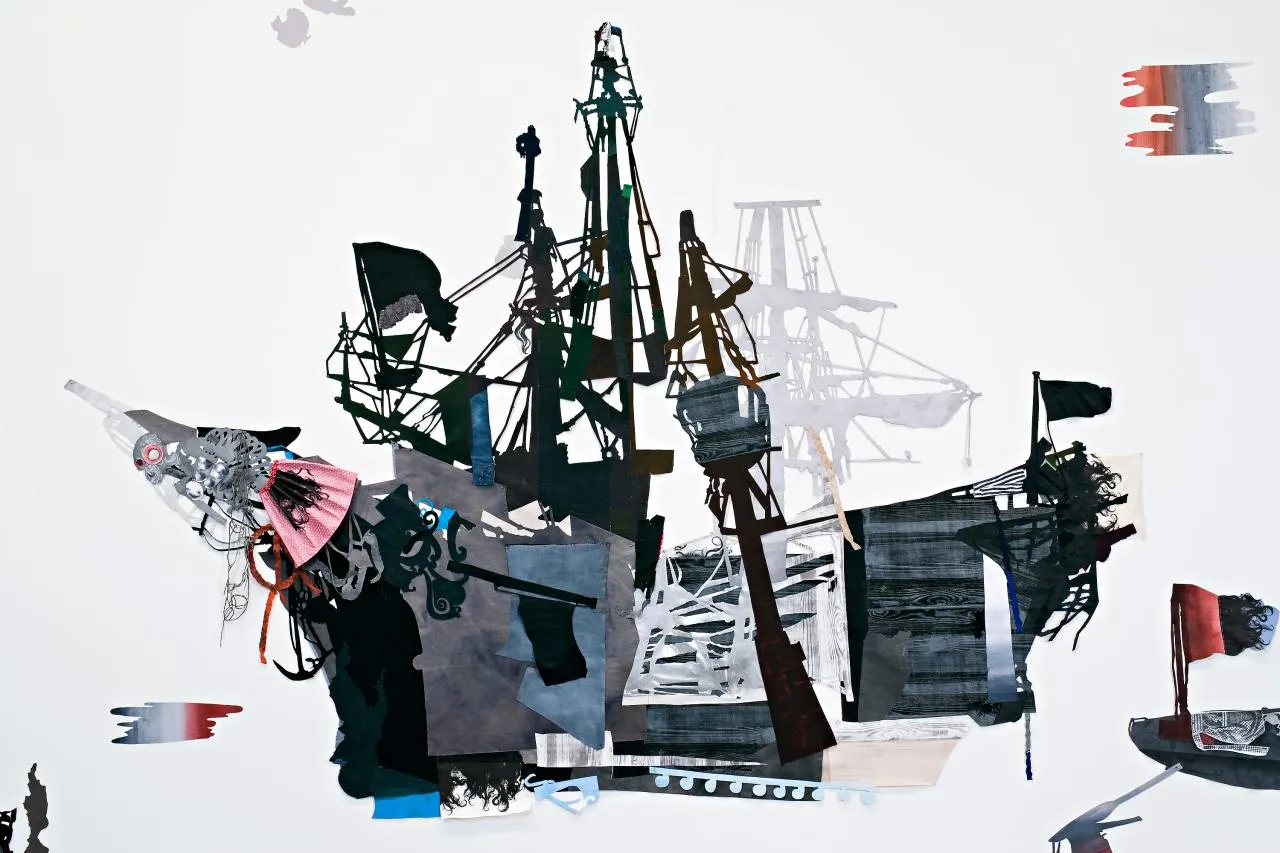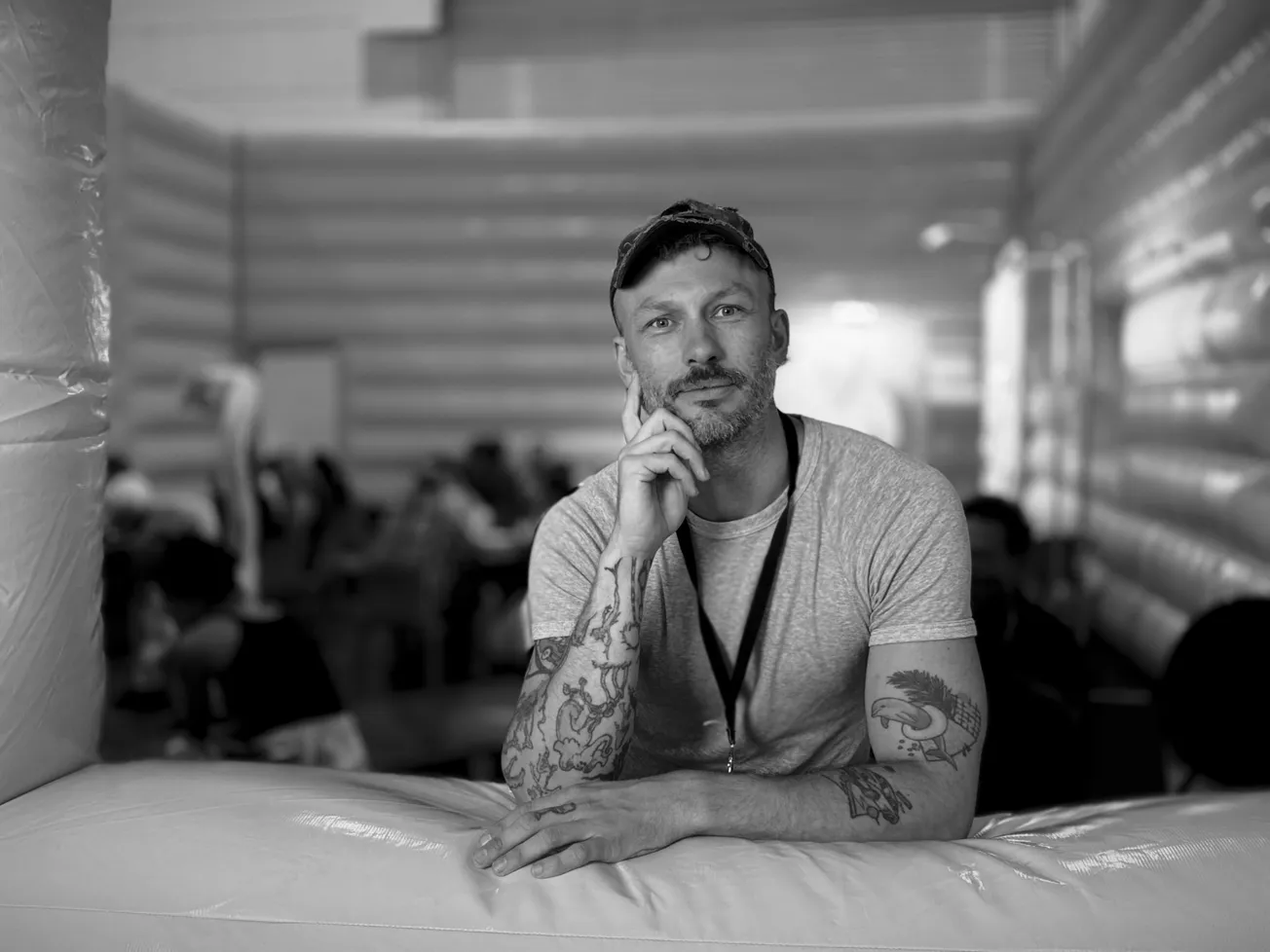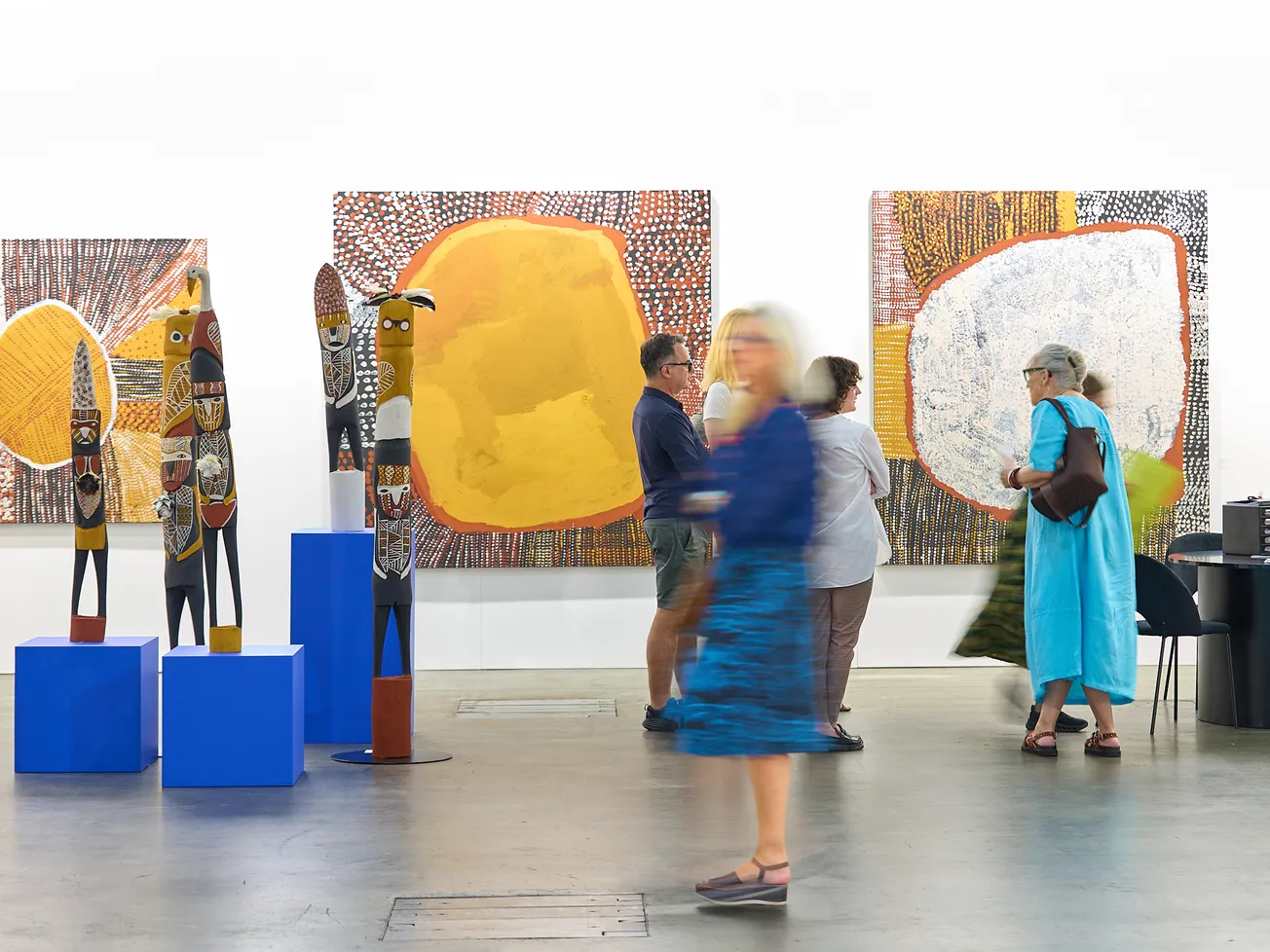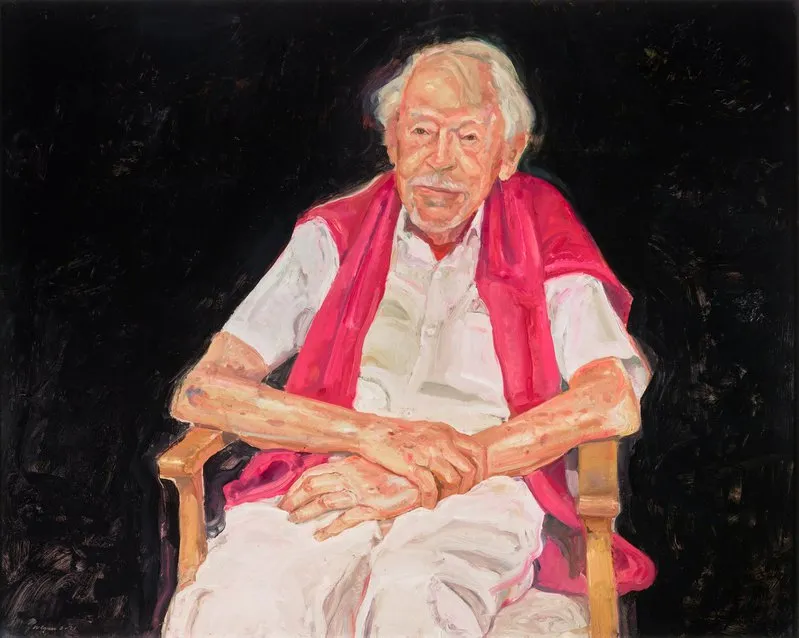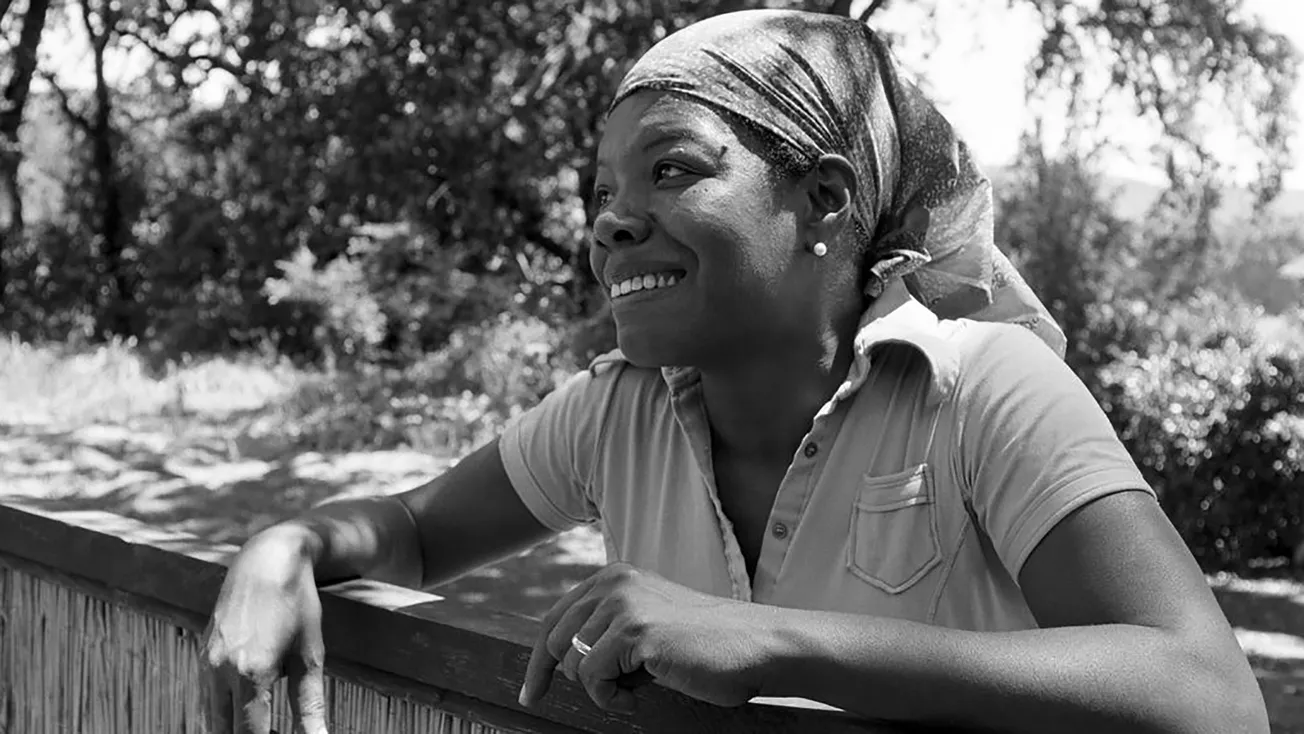Table of Contents
The Great Art Heist: How the Affordable Art Fair stole art back for the People
For decades, the art world has been guarded by an unspoken code, a set of psychological barriers as imposing as the white walls of its galleries. Art was a serious business, a pursuit for the wealthy and the well-connected. The average person, intimidated by hushed tones and a vague sense of not belonging, would tiptoe through a gallery, nodding sagely at paintings they didn't understand, and ultimately leave without daring to ask, "How much?"
Enter the Affordable Art Fair (AAF), the rogue collective that, since 1999, has been systematically dismantling this fortress, one art-savvy consumer at a time. The mission is simple: make art a joyful, accessible, and less-threatening experience. In a traditional gallery, the price tag is often a secret, something whispered in hushed tones between an assistant and a potential buyer. At the AAF, however, the price is not just visible; it's the defining feature. Everything, from a miniature etching to a colossal canvas, sits under a generous price cap, inviting viewers to engage with the work without fear of sticker shock.
This deliberate transparency is the fair’s secret weapon. It frees the consumer from the paralyzing fear of being "found out" as an art-world novice. The AAF transforms the art-buying experience from a tense negotiation into a leisurely browse, where a person can discover a piece they genuinely connect with and take it home that very day. It’s the difference between buying a suit from a bespoke tailor in Savile Row and finding the perfect outfit at a bustling designer market. One is a nerve-wracking ritual; the other is pure fun.
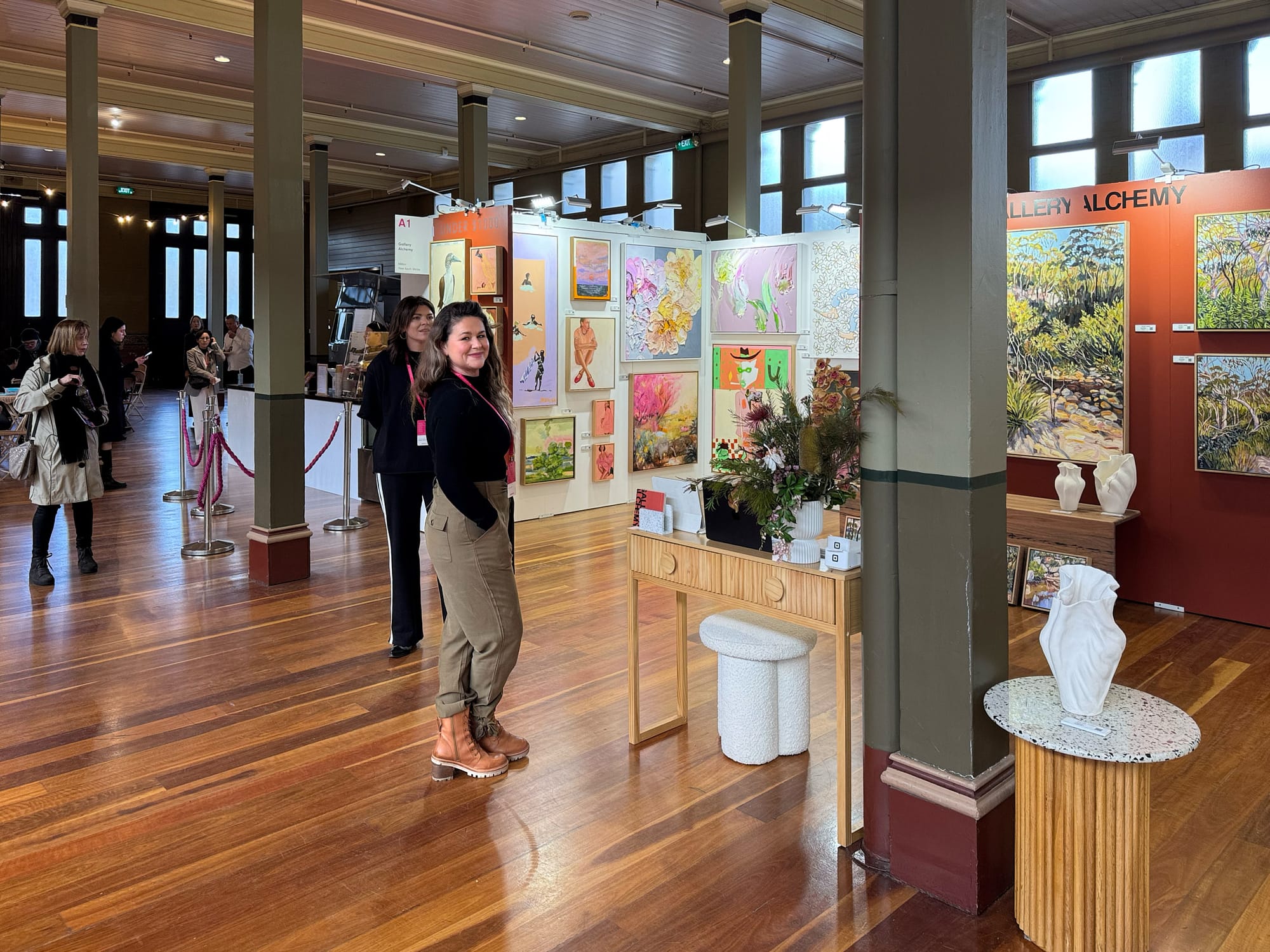
A Walk on the Wild Side: Melbourne 2025
This demystification of the art world is on full display here in Melbourne, as the 2025 Affordable Art Fair opens its doors at the Royal Exhibition Building. This isn’t a stuffy museum visit; it's a vibrant, living ecosystem of galleries and artists. They’ve come together not to curate a single, high-concept exhibition, but to showcase a breathtaking variety of styles and media. Work is sold off-the-wall, and on-the-spot, so the only issue is getting in quick enough!
The people here are not the typical art collectors. They are young professionals, first-time homebuyers, and families with kids in tow. According to recent Creative Australia reports, the average Australian art consumer is far younger and more diverse than the stereotypes would suggest, with a significant portion under 35. Their primary motivation isn’t investment; it’s a desire to enhance their home and, more importantly, their personal well-being. They're looking for something that speaks to their unique identity, not just a canvas that matches their couch. This is where the AAF thrives, providing a tactile, personal connection in a world increasingly dominated by digital transactions.
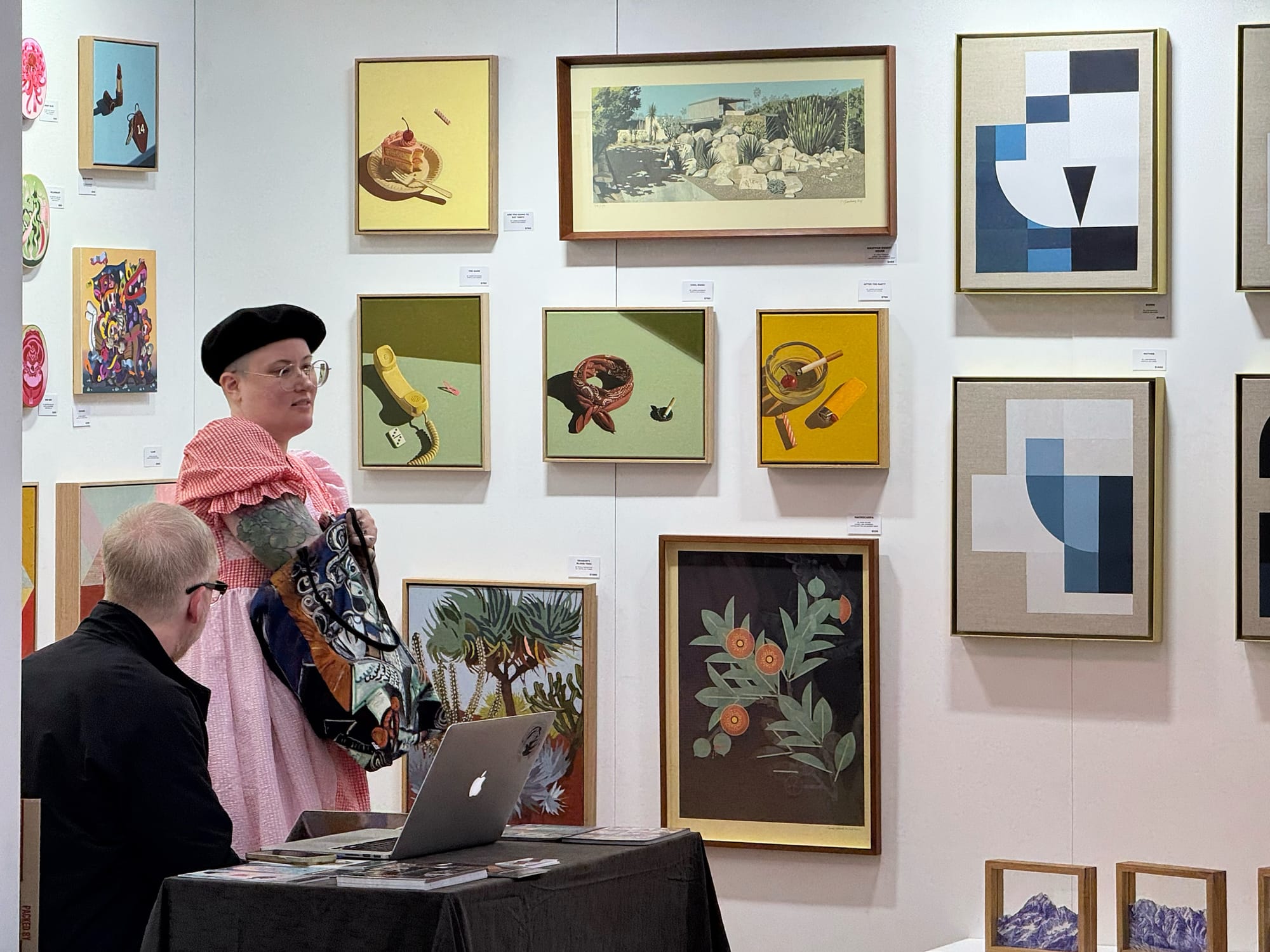
The Elephant in the Studio: AI Art and the Human Touch
The art world is currently grappling with a provocatively existential question: what does it mean to be an artist in the age of generative artificial intelligence? The rise of platforms like Midjourney and DALL-E has flooded the market with AI-generated art, and the results can be stunningly realistic and conceptually complex. A record-breaking AI-generated piece recently sold for a staggering sum, igniting a fiery debate about authorship, originality, and the very soul of creative expression.
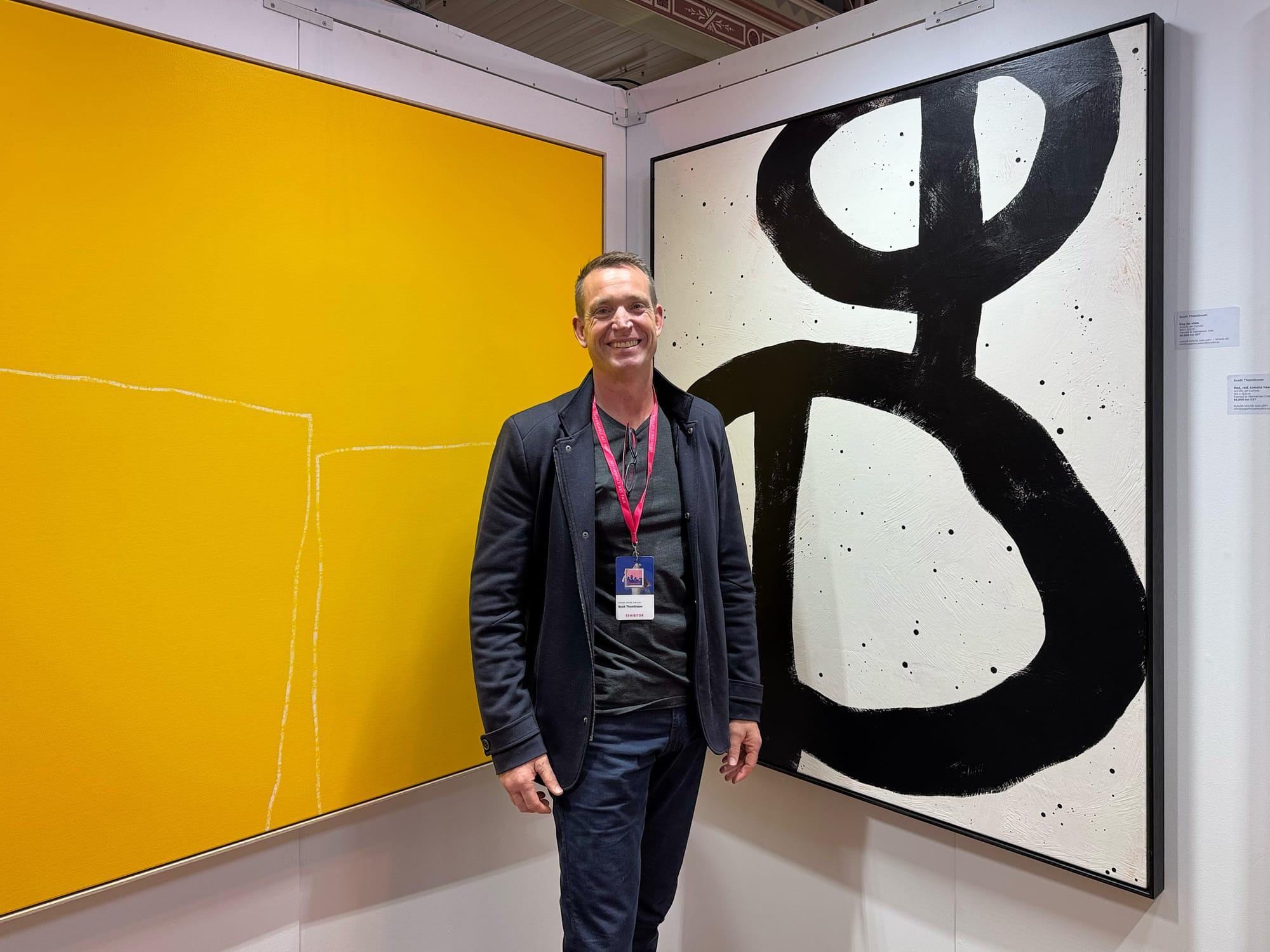
In this chaotic new landscape, the Affordable Art Fair has taken a firm, almost old-fashioned stance. The fair’s official policy is clear: it only exhibits works by "living artists." This is a bold and strategic decision. While some might see it as Luddite, it is a conscious effort to double down on the very thing that sets traditional art apart from its digital counterpart: the human touch.
From an art-education perspective, this is a profound statement. It positions the AAF not just as a marketplace, but as a protector of the human-centric creative process. When a buyer at the fair takes home a painting, they’re not just acquiring an image; they are directly supporting the career of a person who poured their time, skill, and emotion into that work. In a world where machines can create a masterpiece in seconds, the AAF's focus on the living, breathing artist is a powerful act of defiance. It reinforces the idea that art isn't just a final product; it's the story of its creation.
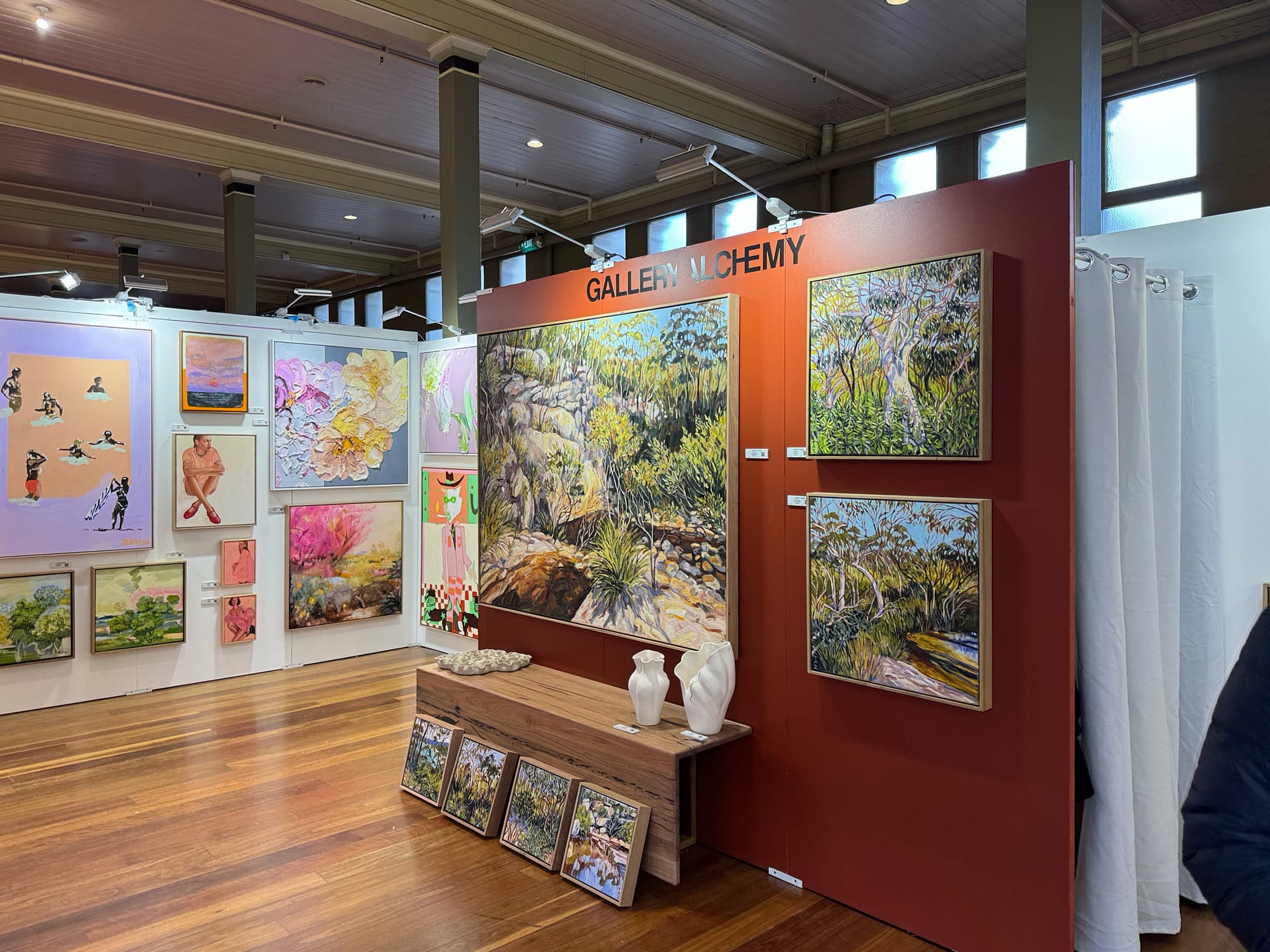
The Future is Hybrid
Looking ahead, the art market is poised for a significant transformation. The old gallery model, with its elitist aura and limited accessibility, is in decline. It’s being replaced by a hybrid ecosystem where fairs like the AAF, online art advisors, and digital marketplaces coexist. The AAF, with its physical presence and focus on human connection, is perfectly positioned to serve as the gateway drug to a lifelong relationship with art. It's the first step on a journey that might one day lead a buyer to a more traditional gallery, but a journey they would never have started without the fair’s open invitation.
The future of art will be about blending these worlds. The affordability and approachability of the fair will continue to act as a crucial on-ramp for new collectors. Meanwhile, AI will evolve from a novelty to a tool—a co-pilot for human artists, not a replacement. The great divide will no longer be between art and commerce, but between human creativity and its automated imitation. And in this new world, places like the Affordable Art Fair will continue to serve as a beacon, reminding us all that the most valuable art is the one that connects us to our shared humanity, one brushstroke at a time.
